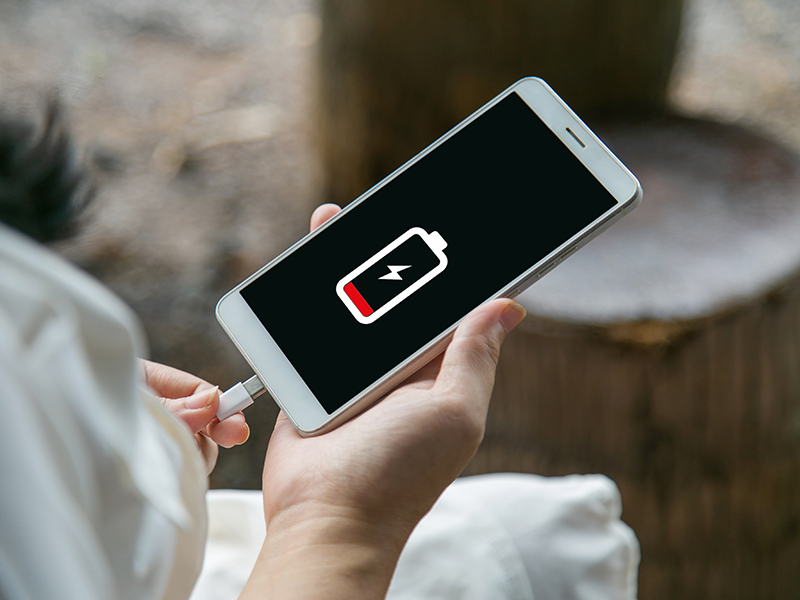
Taking a break is always a good idea for employees, whether it’s a mid-morning stretch, a walk around the block, a lunch break in the cafeteria or taking 15 minutes to have a social catch-up with a colleague.
Whatever it looks like, taking regular breaks throughout the workday is essential for maintaining positive mental health, productivity and reducing stress.
Read: How BlackBerry’s wellness and spirituality rooms encourage employees to take a break
Taking a break isn’t a selfish act — there are real benefits to both the employee and the organization. Regular breaks provide an opportunity to disconnect from work-related stress, providing time to recharge and relax, which can help reduce feelings of stress. Breaks can also improve focus, concentration and overall productivity and can enhance creativity, prevent decision fatigue and even strengthen workers’ social connections.
Though most employees enjoy taking a break, some still struggle to do so throughout their workday. Oftentimes, the barrier to taking a break is fueled by a heavy workload and tight deadlines. In some workplaces, there exists a culture that values long hours and constant productivity, which can lead to employees feeling guilt or shame when they take breaks.
However, research shows that employees who feel supported and encouraged to take breaks are more likely to feel valued, invested and committed to their work.
What does an effective break look like?
The key is to spend the time recovering and recharging. Sometimes that recovery can come from doing something relaxing, like stretching, laying down or reading a book. Sometimes employees need a more challenging activity to recharge: doing a workout, practicing a new skill, doing something social or experimenting with a new recipe in the kitchen.
Read: Work-life balance driving Canadian employees’ happiness: survey
A relaxing break can bring a sense of calm and serenity, whereas an active break can leave workers feeling energized and confident — and both are needed at different times. The important thing is for workers to take time to check in with themselves to understand what they need and explore different activities, both relaxing and challenging, throughout the day and see what works and when. Research has found that taking a break outdoors is much more regenerative than staying inside the workplace.
Sometimes employees think the longer the break, the better they’ll feel, but research has shown that frequency is more important than duration. Taking breaks for a few minutes regularly throughout the workday can help workers recharge effectively and the key is to be able to disconnect from work even for a couple minutes at a time.
When should employees take a break?
It’s important for workers to choose break timings that make the most sense for them. Some people find they need short breaks throughout the morning and longer ones in the afternoon as exhaustion typically sets in towards the end of a workday. An employee might establish a habit of taking a break after completing a task or between meetings. If a worker struggles to remember to take a break, they can try putting holds in their calendar throughout the day. By actually programming it into their schedule, employees can ensure they don’t let the day slip by without break times. It’s also important for employees to be present during their break, avoid doomscrolling and instead try to move and get outside.
Read: How employers can stave off the effects of doomscrolling on employee mental health
What can organizations do?
Organizations and leaders play an important role in creating a positive culture around taking breaks. There are very real performance benefits that managers should be educated on. Employees look to managers to model behaviour. Managers need to communicate the importance of taking breaks but also share their own strategies and lead by example to help reduce the stigma. It’s important for managers to respect employees’ boundaries, make sure their teams have sustainable workloads and provide autonomy for how employees schedule their time.
Encouraging employees to take breaks is a win-win for both workers and organizations. It leads to improved performance, well-being and job satisfaction. Organizations that prioritize employee well-being and work-life balance are more attractive to job seekers, have higher rates of employee retention, have a positive workplace culture and reduced levels of stress and burnout.
